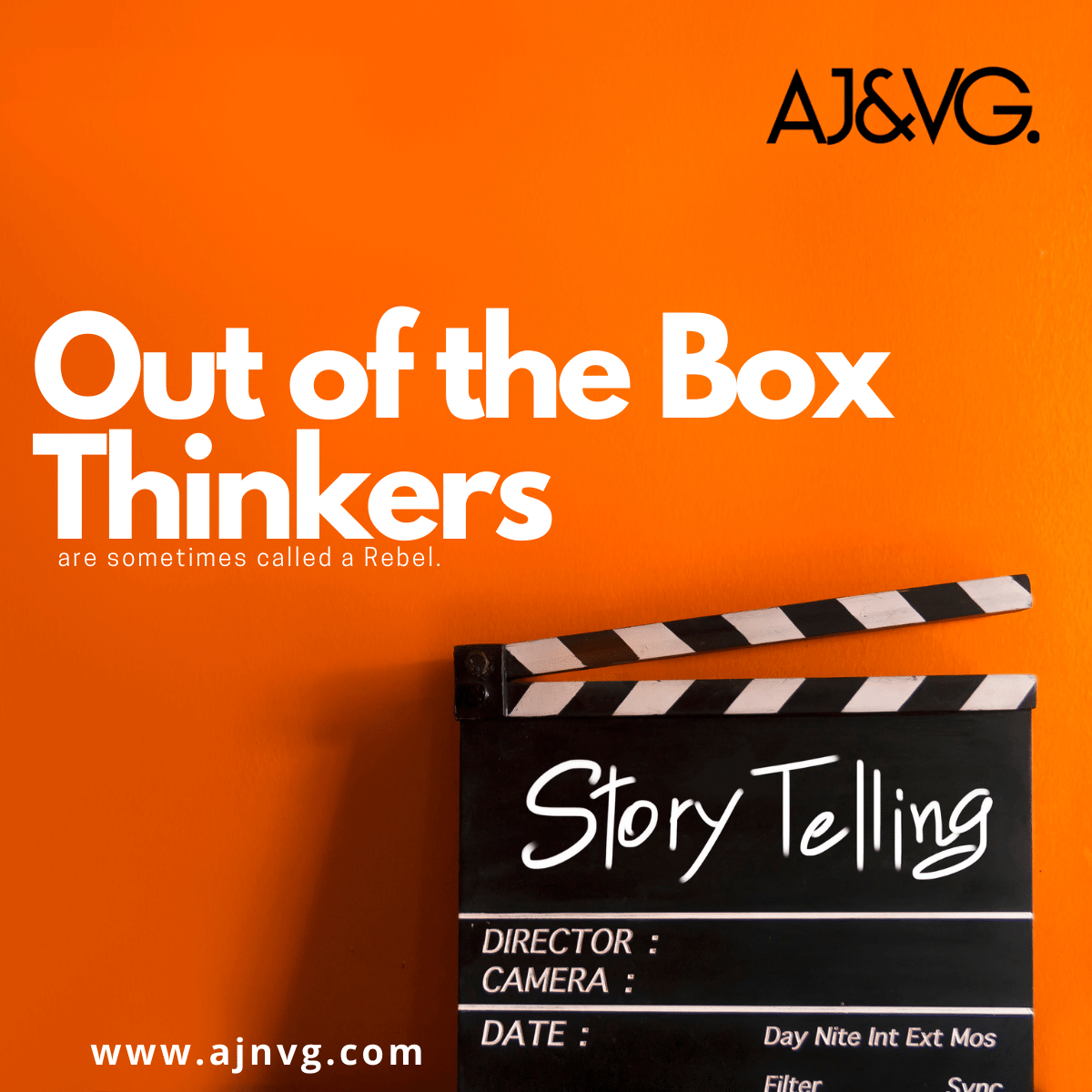IoT adoption is widespread, and its adoption is only going to increase in the coming years. It can deliver business benefits like improving operational efficiency, customer experience, digital transformation, and in sales and marketing. A few years ago, many companies were contemplating on how to monetize IoT as a technology. However, that is no longer the case. Within a span of few years, many IT leaders have been quick in adapting to revenue models. The industry today has arrived at a wide range of business cases for IoT. The world definitely will move towards IoE (Internet of Everything). Apparently the upcoming Mobile World Congress in February 2017 is also “Everything.” No doubt that most of us are on the same page.
Companies could leverage on internal as well as external benefits from IoT. The manufacturing sector was quick to adopt this technology, and the usage of wearables has shot up significantly. Remote field engineering and troubleshooting, production management, Improving safety and security of workers, optimization of assets, conserving resources are some of the widely accepted areas of IoT application.
While the IoT adoption is widespread, leveraging Data from IoT projects is a huge aspect translating into a meaning business value to the organization. The obvious uses of IoT could be enhancing services, creating the alternate source of revenue and hence increase the income generation, greater and more personalized engagement with customers. There is a broad range of application for IoT in Healthcare and we have already seen the proof of concept in the forms of health care wearable solutions like Fitbit.
A scenario where a car is communicating with the insurance company from an accident scene could be quite strange. The scene depicts the “Thing” which is a car in this case as a customer. In one of the research report published by Gartner, Gartner as mentioned this trend as “Things as Customers.” It necessarily means that we should prepare to do business with things shortly. With the advent of cognitive learning algorithms, things will be able to receive and send messages, make purchases, negotiate deals, follow instructions and report problems.
Would that mean that customers are going to be more intelligent than what they are today? And it could mean CIO’s and IT leaders need to prepare better for the future. Many companies are currently experimenting IoT in their workplaces. Value by no means lies in the data generated. As a marketer, I potentially see scope for IoT in Market Research. It probably means that researchers may need to deploy IoT to gather and dissect data to learn “customer behavior” or perhaps the “behavior of things.”
However, time to Value from IoT could rather be quick if the CIO’s can relate it to the business outcome.




